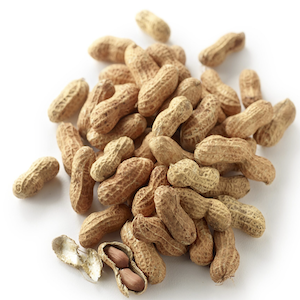Effects of nitrogen treatments and bacterial inoculation on macro- and micro-element contents of the Halisbey peanut variety

HTML: 90
All claims expressed in this article are solely those of the authors and do not necessarily represent those of their affiliated organizations, or those of the publisher, the editors and the reviewers. Any product that may be evaluated in this article or claim that may be made by its manufacturer is not guaranteed or endorsed by the publisher.
This study was conducted to determine the effect of nitrogen (N) doses (0, 40, 80, 120, 160, 200, and 240 kg ha-1) and bacterial inoculation on macro- (N, P, K, Ca, Mg, and Na) and micro- (Fe, Cu, Zn, Mn, and B) element contents of the Halisbey peanut variety. The nutrient requirements, specific nutrient management strategies, and adaptation of the variety to the regions where it was grown were also assessed. According to the average results of the N applications, different doses affected the levels of N (240N+B: 1.76%) alongside the content of other macro-elements, as well as sodium (200N: 0.09 mg kg-1), iron (80N: 32.39 mg kg-1), and copper (40N: 14.11 mg kg-1) among the micro-elements. The bacterial application was not found to significantly increase N content (240N+B: 1.76%), calcium content (0.08%) and zinc content (49.68 mg kg-1). At the same time, (240N+B) bacteria and N application increased the N ratio.
How to Cite

This work is licensed under a Creative Commons Attribution-NonCommercial 4.0 International License.
PAGEPress has chosen to apply the Creative Commons Attribution NonCommercial 4.0 International License (CC BY-NC 4.0) to all manuscripts to be published.

 https://doi.org/10.4081/ija.2023.2203
https://doi.org/10.4081/ija.2023.2203



